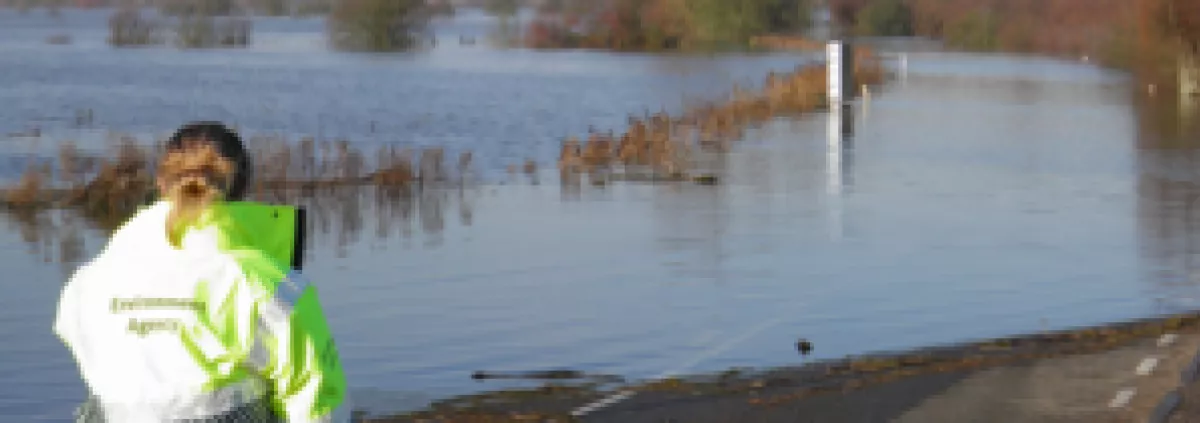Flood hydrology is concerned with time- and space-dependent processes of waters with a focus on hydraulic engineering aspects of floods. In March 2022, the Environment Agency (EA) set out their 25-year vision and actions needed to improve our understanding of hydrological risk in the UK Flood Hydrology Roadmap and a new EA Flood Hydrology Improvements Programme to highlight changes needed to improve flood hydrology.
As part of the EA's new programme of flood hydrology improvements, they are looking to work collaboratively to harness ideas, guidance, and skills to shape the future of flood hydrology. The roadmap brings together the views of more than 100 experts from over 50 organisations, to improve hydrological data, models, and science which can be used to inform how we adapt to flood risk from our rivers, surface water, groundwater and reservoirs.
These models will underpin flood risk management for decades to come, with benefits to areas including:
- design and maintenance of flood defences
- national and local flood risk assessment and mapping
- the design and operation of flood forecasting and warning schemes
- design and operation of sustainable drainage systems
- understanding the impact of climate change on future flood risk
The roadmap covers England, Wales, Scotland, and Northern Ireland from 2021 to 2046 and considers all sources of inland flooding, including fluvial, pluvial and sewers, groundwater, and reservoirs. It also considers all inland flood hydrology activities in the UK, from operational practice to scientific research.
